After more than ten years of research, marine scientists in the Pacific Northwest have finally uncovered the cause behind one of the most mysterious and devastating marine die-offs in recent memory: sea star wasting disease. The affliction, which caused sea stars to disintegrate into gelatinous blobs, decimated populations along the Pacific coastline from California to Alaska. Now, researchers have identified a specific bacterium as the culprit behind the mass die-off.
The Killer Identified
The disease was traced to a bacterial strain named Vibrio pectenicida FHCF-3. The discovery was made by analyzing the internal fluids—essentially the “blood”—of affected sea stars, which revealed high concentrations of the bacteria. In controlled experiments, healthy sea stars injected with the bacterium developed the same wasting symptoms, confirming it as the cause.
This finding challenges earlier theories that pointed to viruses as the source of the disease. Initial research had suggested a densovirus might be responsible, but subsequent studies found inconsistencies in that conclusion. With this new bacterial identification, scientists now have a clear path forward for understanding and potentially reversing the damage.
A Widespread Catastrophe
The outbreak, which began in 2013, affected more than 20 species of sea stars and led to the death of over five billion individuals. Among the most impacted was the sunflower sea star, one of the largest sea star species in the world. These stars, with up to 24 arms and a critical role in marine ecosystems, suffered a population decline of nearly 90%, leading to their classification as critically endangered.
Sea stars serve as key predators in coastal ecosystems, particularly in controlling populations of sea urchins. Without them, urchin numbers exploded, resulting in the widespread destruction of kelp forests—vital underwater habitats that support countless marine species.
Ecological Ripple Effects
The loss of sea stars has had cascading effects across the marine environment. Kelp forests, once abundant along the California and Oregon coasts, have been decimated as sea urchins mowed them down unchecked. This not only disrupts biodiversity but also threatens commercial fisheries and weakens coastal resilience to climate change.
Now that the cause of the disease is known, scientists are exploring restoration strategies. These include breeding sea stars with natural resistance to the bacteria, developing treatments such as probiotics or bacteriophage therapies, and deploying rapid diagnostic tools to detect early signs of infection in wild populations.
Hope for Recovery
The discovery offers a renewed sense of hope. With a confirmed cause in hand, marine biologists are working on methods to reintroduce healthy sea stars into vulnerable ecosystems. Captive breeding programs for sunflower sea stars are already underway, and researchers believe that, with proper support, the species could begin to rebound.
The identification of Vibrio pectenicida FHCF-3 as the agent behind sea star wasting disease represents a landmark achievement in marine science. It also serves as a powerful reminder of how deeply interconnected ocean life is—and how the disappearance of a single species can ripple through an entire ecosystem.
As scientists continue to unravel the complexities of marine diseases and their environmental drivers, the hope is that this breakthrough can help not only save sea stars but also restore balance to the underwater worlds they helped shape.



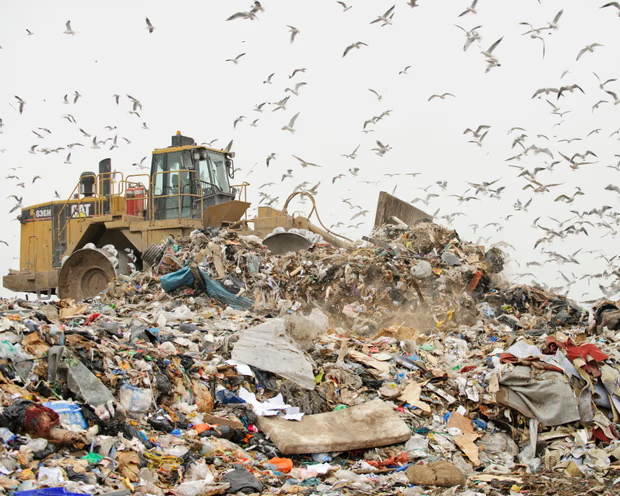


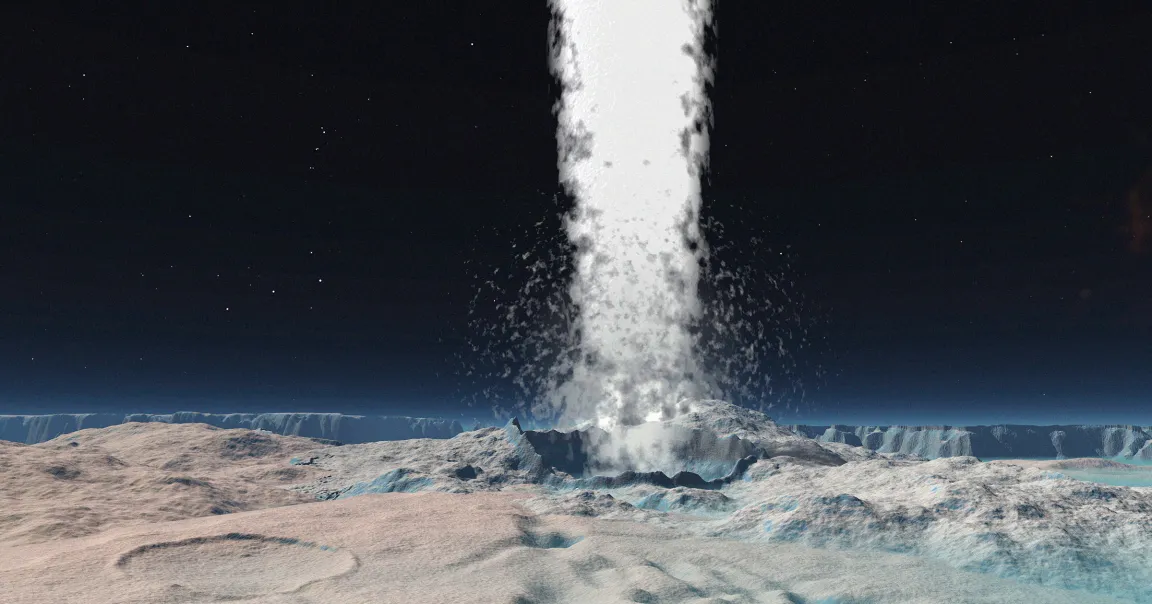
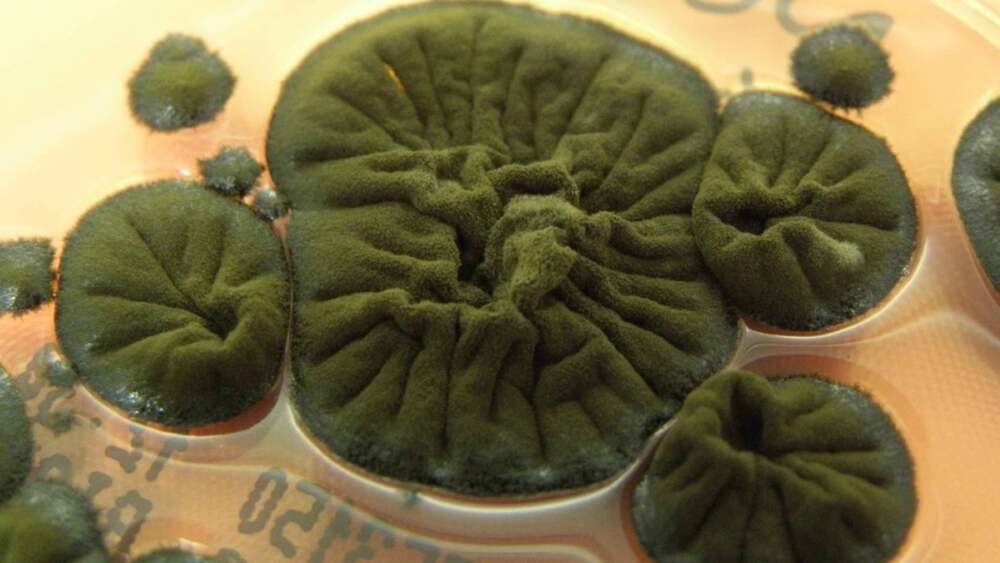
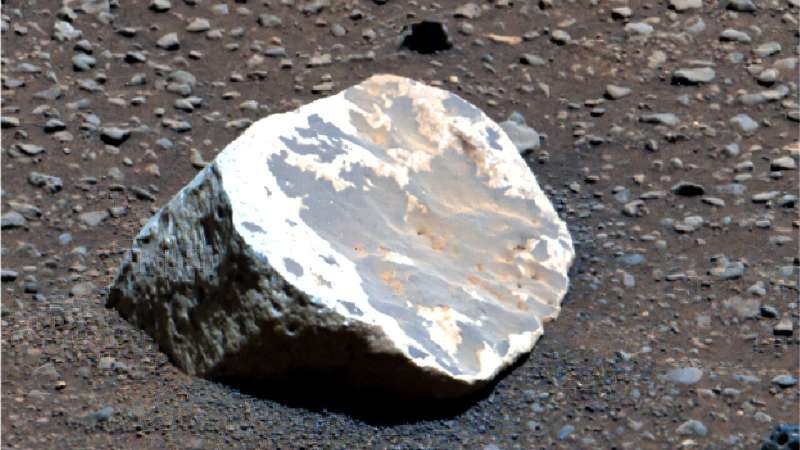
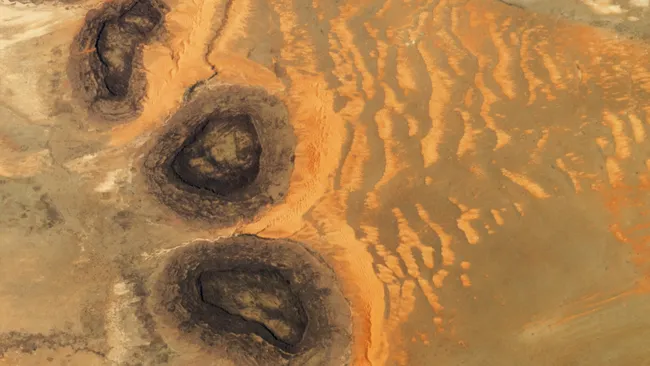

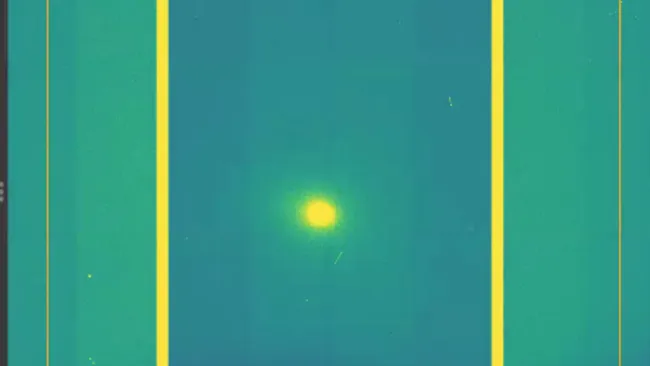




Leave a Reply